From Made in China to Created in China: how nation turned itself from world’s sweatshop to global innovator in just one decade Young women handled toxic materials without protection, bent over sewing machines for more than 14 hours a day with no overtime pay. They lived in filthy dormitories provided by the company – and paid highly for the privilege. The factory floor was dirty and cold; employees wore thick jackets and complained of pain in their fingers...... bright red waste water was discharged directly into a small river that ran alongside the concrete building. “If you pay officials a nice hongbao [a red envelope containing money], they will look the other way,” a manager bragged, believing I was a potential customer. “Having European environmental standards in place would make our products much more expensive. And, after all, consumers just care about price.” ....... authorities proudly showed off the polluting chemical industries, labour-intensive jeans factories and outdated steel mills that were its economic engine...... The minimum wage in most provinces has increased to about 2,000 yuan per month, reliance on exports has fallen and domestic consumption now drives 60 per cent of the country’s growth....... According to Canadian think tank McKenzie Institute, the productivity of Chinese workers is just 15 per cent to 30 per cent of the average found in Organisation for Economic Co-operation and Development countries.
China must face its weakness in semiconductors squarely, says head of state-backed fund China makes more than 90 per cent of the world’s smartphones, 65 per cent of personal computers and 67 per cent of smart televisions .... Annual chip imports by China have risen to more than US$200 billion since 2013 and reached US$260 billion last year.
Huawei launches advanced 7-nanometre smartphone chip ahead of Apple, Samsung the Kirin 980, designed to move the Chinese company ahead of Apple and Samsung Electronics in launching an integrated circuit made under the most advanced fabrication and with double the processing power for artificial intelligence (AI) applications. ....... The 7nm process allowed the Kirin 980 to pack 6.9 billion transistors, about 1.6 times more than those built in the Kirin 970 chip launched last year, as well as deliver 20 per cent improved performance and 40 per cent greater power efficiency for “next-generation productivity and entertainment applications”...... Semiconductors are at the centre of a technology gap that China wants to close.
Drones, facial recognition and a social credit system: 10 ways China watches its citizens China has around 200 million surveillance cameras ..... China is developing a facial recognition system that can match faces to a database of 1.3 billion ID photos in seconds, with a target of achieving 90 per cent accuracy. ...... Facial recognition technology also was reportedly used to catch three wanted fugitives at separate concerts in China. In one case, a man was identified among a crowd of about 50,000........ Special glasses with facial-recognition software also have been invented for police use. During the Lunar New Year holiday travel rush, police used these glasses to search for wanted criminals at the Zhengzhou East high-speed rail station. ..... at least seven fugitives related to hit-and-run and human trafficking cases were identified, and 26 cases of identity fraud broken...... In June, the government released a list of 169 people who had committed misdeeds that included provocations on flights, attempting to take a lighter through airport security, smoking on a high-speed train, tax evasion and failing to pay fines. Those on the list ended up banned from buying train and plane tickets for a year........ In 2017, the Beijing City National Security Bureau offered 10,000 to 500,000 yuan (US$1,600 to US$79,700) for information on spies.
How tensions with the West are putting the future of China’s Skynet mass surveillance system at stake The Skynet is falling......The world’s biggest video surveillance system, under construction in China, relies on critical components from the West and supplies are drying up as the United States and other nations tighten trade restrictions ..... Skynet, as China’s national security network is known, had 170 million cameras last year and Beijing plans to have another 400 million units installed across the country by 2020...... The system uses artificial intelligence, including one technology under development that could eventually allow the government to identify any one of its 1.3 billion citizens anytime, anywhere....... “The West is forming a united front [against China]”....... there is also pressure internationally for action in response to reports that up to 1 million Uygur Muslims are being held in detention centres in Xinjiang in the country’s far west...... China has not denied the existence of the facilities...... Hikvision, the world’s largest video surveillance company, based in Hangzhou, China’s eastern Zhejiang province, has seen its stock price nearly halve from its peak in March to August...... China is expected to buy US$20 billion worth of CCTV cameras and related equipment this year, nearly half the size of the global market....... “To China, this is the kind of job that must be done no matter what happens” ....... “The best weapon against sanctions is innovation.”
Made in China 2025
Why ‘Made in China 2025’ triggered the wrath of President Trump
How China aims to dominate the world of robotics
‘Made in China 2025’: How Beijing is boosting its semiconductor industry
China plans to be a world leader in Artificial Intelligence by 2030
Betting big on biotech 80 per cent of adult diseases have a genetic basis influenced by environmental factors, and there are thousands of genes related to the development of diseases. In fact, the research of genes and proteins (genomics and proteomics), genetic engineering and its applications have allowed the development of new tools that are revolutionising the prevention, diagnosis, treatment and cure of diseases.
The stones in the road for China’s 2025 plan on electric vehicles
Can ‘Made in China 2025’ help turn the nation’s domestic aerospace industry into a world leader?
5G offers world’s biggest mobile market a gateway to the industrial internet take advantage of artificial intelligence (AI), the internet of things (IoT), and augmented and virtual reality (AR/VR) technologies ....... The fifth generation of mobile technology means more than just faster data speeds and greater network capacity. It also provides a foundation for connecting an unlimited number of machines to one another for day-to-day communication. A 5G network will support: a million connected devices per square kilometre; transmit a package of data with a delay of just 1 millisecond and provide peak data download speeds of up to 20 gigabits per second...... The delay on a 4G network is about 50ms, which is unsuitable for the quick response times needed by driverless cars. ..... The countries that adopt 5G are expected to experience disproportionate economic gains compared to those that lag behind...... the US, Japan, and South Korea have all made significant strides toward 5G readiness, but none on the same scale as China. ...... China, which has the world’s largest smartphone market and internet population, has projected 5G mobile network investments to reach about US$405 billion from 2020 to 2030.
Why the world’s flight paths are such a mess
Chinese airlines are consistently late for this one surprising reason “On trade, Donald Trump is an encyclopedia of error”......Trump, the cartoonish face of decadent capitalism: rich, big-mouthed, paranoid and … that hair.
China should think hard before using rare earths as a ‘weapon’ in trade tit-for-tat with US over Huawei The US attack on Huawei has progressed from a sense of unfairness about the stealing of intellectual property, to national snooping of secrets, to an active campaign to permanently hobble the company. The process has now gone so far that it is in danger of rebounding on the Americans. ....... A sharp fall in the share prices of tech stocks on Wall Street showed that beggaring Huawei would transfer significant pain to American suppliers and retaliation could hit those with long production chains in China like Apple....... Cheap manufacturing is already withering under intense competition. Trump’s trade tariff tantrums could well force China to raise the value of its economy to the levels seen in the leading-edge manufacturing that takes place within the “Silicon Bay” area around Shenzhen...... Economies are now so interdependent that every tit-for-tat action produces unforeseen and often unpleasant reactions. They burnish egos but can rebound against the initiator. Nevertheless, they are an instrument of change that will lead to a future economic equilibrium....... a new equilibrium of fair trade and balanced competition can only result from painful economic change
Tech cold war: how Trump’s assault on Huawei is forcing the world to contemplate a digital iron curtain “The hyper-globalisation of the last twenty years is unsustainable given the real geopolitical constraints. We are entering a new phase” ........ there is a growing feeling in China that it has now entered an ineluctable superpower struggle, with similarities to the fight between US and Japan in the 1980s........ That ended with Japan agreeing to the 1985 Plaza Accord that saw the yen appreciate rapidly against the US dollar, hitting exporters, resulting in the Japanese authorities over-compensating with rate cuts, which in turn kicked off a historic boom-and-bust cycle – one which China does not want to emulate.......... The globalisation of the 1990s – something which Trump has railed against as a destroyer of blue-collar US jobs – transformed the world economy with interconnected supply chains aimed at maximising efficiency. China and the US enjoyed a honeymoon period though, as cooperation provided cheaper ‘Made-in-China’ products to US consumers and opened the huge Chinese market to US firms. ....... “If the trade negotiations continue to stall and are not restarted, it is more likely that China will take further measures to limit US tech company operations in China, and then we will be in a race to the bottom in terms of decoupling” ...... Over the last four years, Huawei’s chip arm HiSilicon has been manufacturing its own Kirin chips to boost self-sufficiency in semiconductors, but even these efforts appear to have been thwarted by the US ban.......Most of HiSilicon’s chip designs are licensed from ARM but the UK chip designer this month said it would stop licensing its technology to Huawei as its products contain “US origin technology”....... Even the software that is required for chip design is currently monopolised by US companies....... Should the world move towards a true decoupling of the tech supply chain, it will be a lose-lose situation for both countries given that technology supply chains are so closely intertwined ..... scepticism that a true digital iron curtain can be achieved........ “It is impossible for either China or the US to own all the core technologies in the world ...... What China really wants to achieve is to exchange agate with pearl. It’s just at the moment, China’s home-grown tech is not good enough to be called pearl.”
‘Someone will press a trigger’: Duterte says China’s claim to disputed islands’ airspace ‘is wrong’ and could be ‘flashpoint’ for conflict
China’s electric car market is growing twice as fast as the US. Here’s why Since most electric cars sold in China are produced by domestic firms they have been able to keep their costs low and are able to price it competitively compared to petrol driven cars.
UK chides Huawei for equipment security flaws, but rules out Chinese state interference Huawei Technologies poses a major risk to the UK’s telecommunications networks because of the company’s failure to fix security flaws found in its equipment and software, according to a report on Thursday by a government-led watchdog, which ruled out Chinese state interference as the cause of those defects........ “about basic engineering competence and cybersecurity hygiene that give rise to vulnerabilities that are capable of being exploited by a range of actors”....... In February, the NCSC determined that it is possible to “limit the risks from using Huawei” in 5G networks
EU ignores US calls for blanket ban on Huawei in Europe as Chinese company’s 5G expertise helps its cause Huawei competes against the likes of Cisco, Ericsson and Nokia from the West for billions of dollars worth of potential next-generation network contracts. The world’s largest network gear maker currently gets almost half of its more than US$100 billion in annual revenue from overseas markets and has an estimated 30 per cent share of Europe. ....... Huawei said in a statement it welcomed the commission’s “objective and proportionate” recommendations...... banning their 5G network gear at this point could risk future economic prospects.
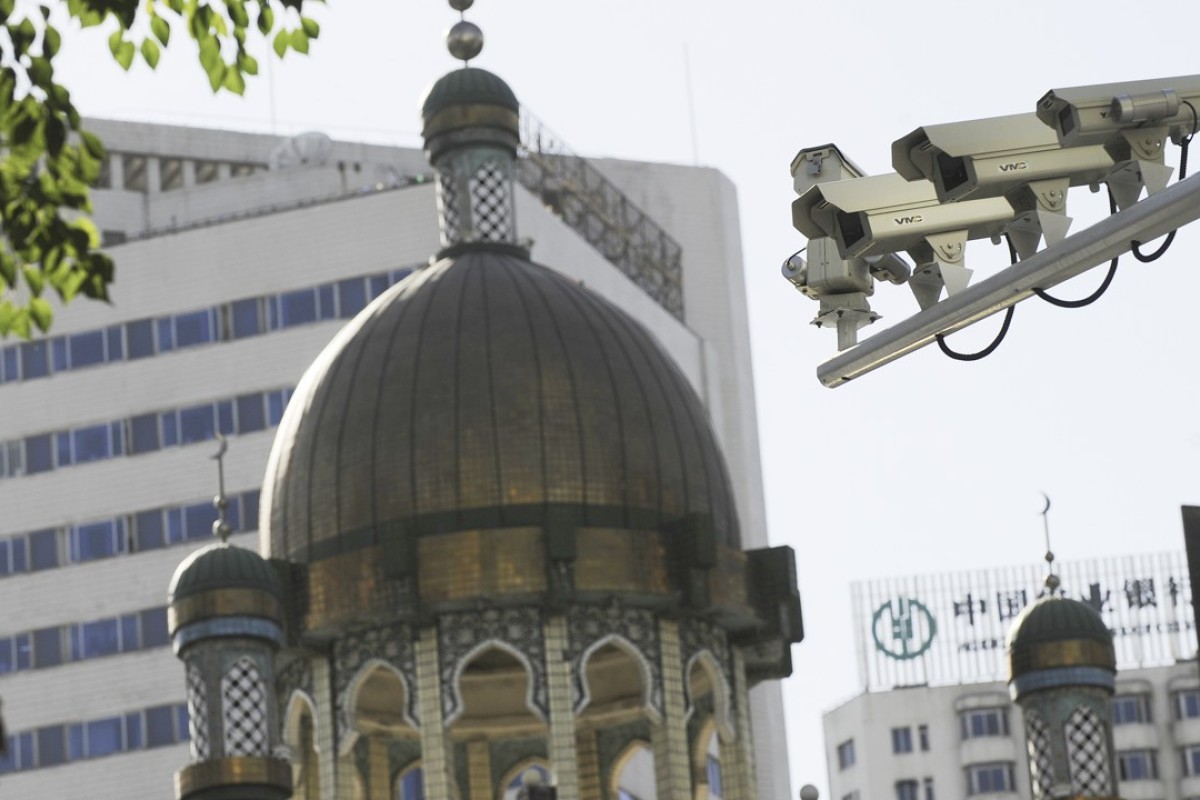
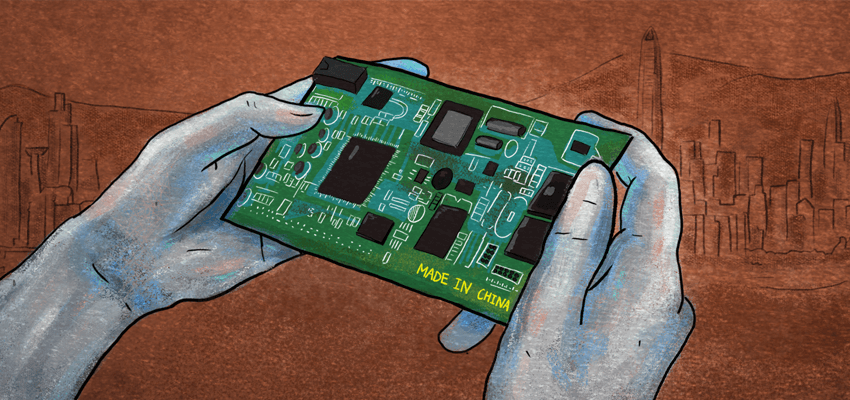
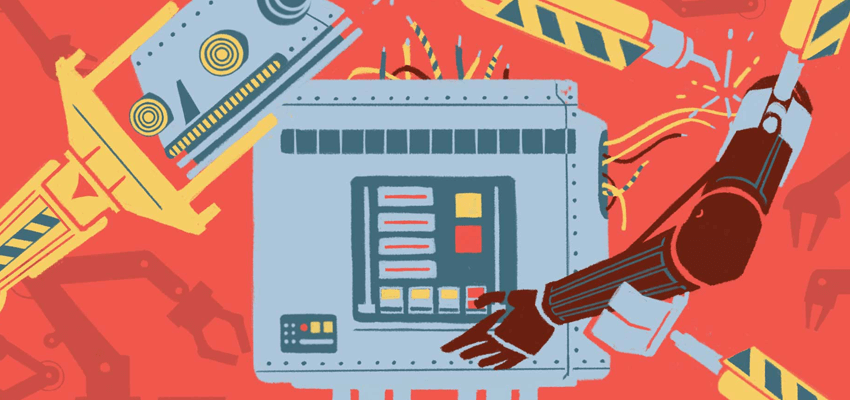



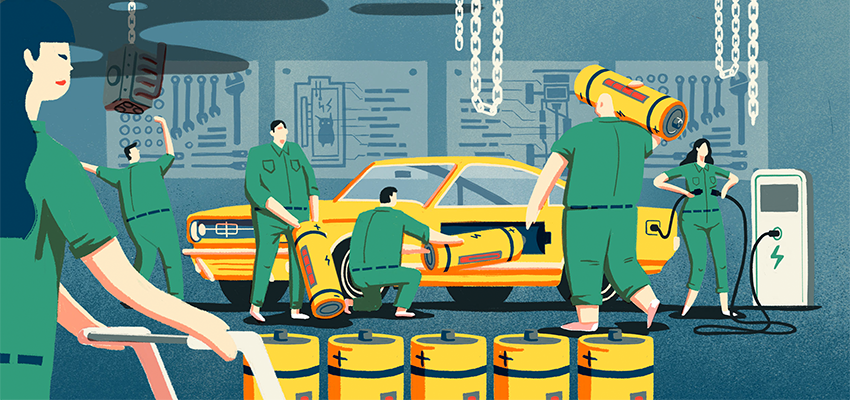
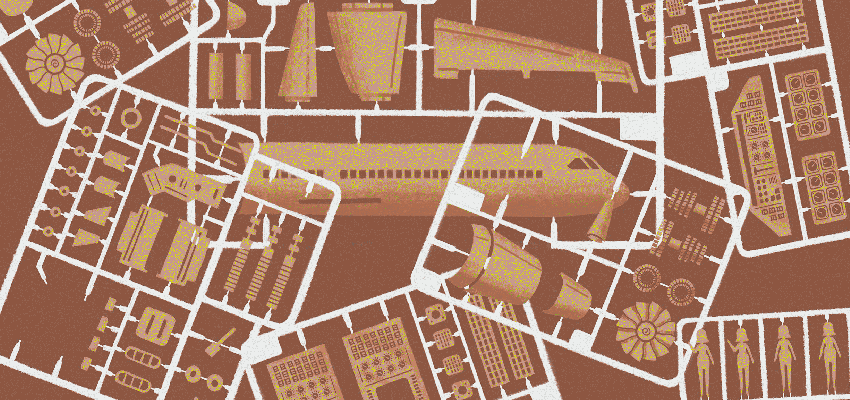


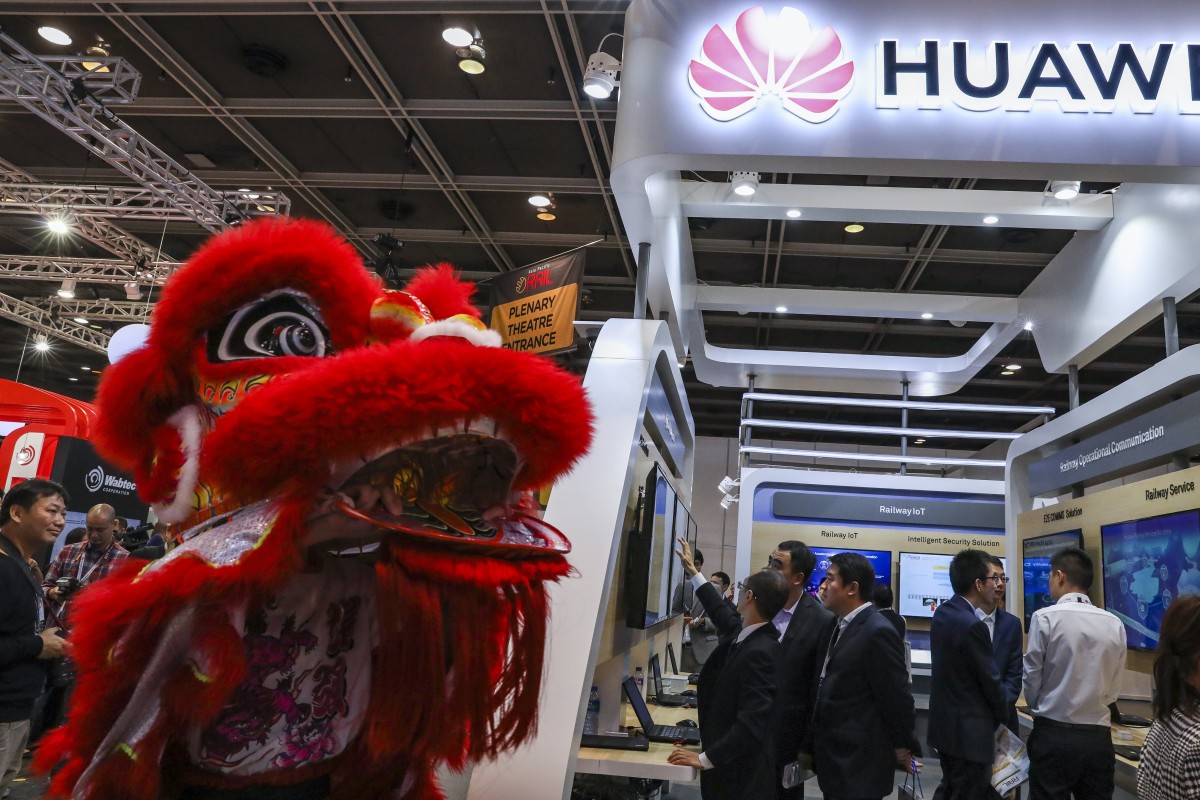
No comments:
Post a Comment